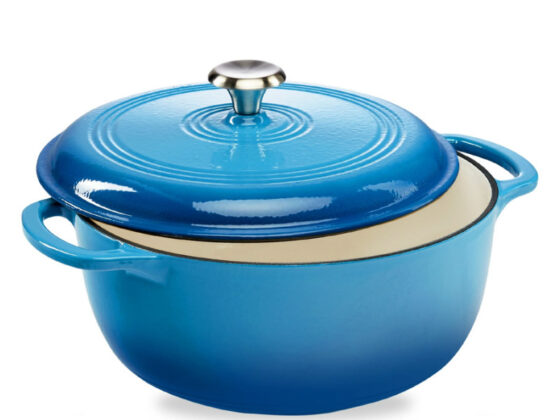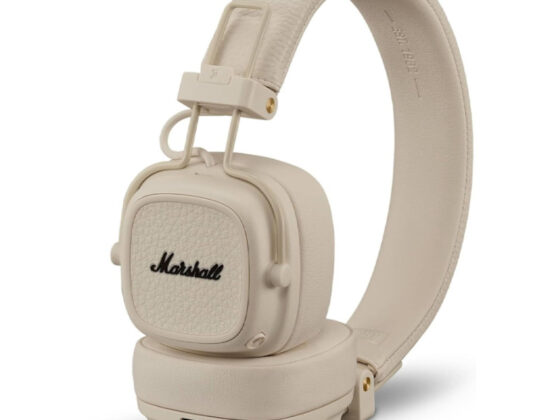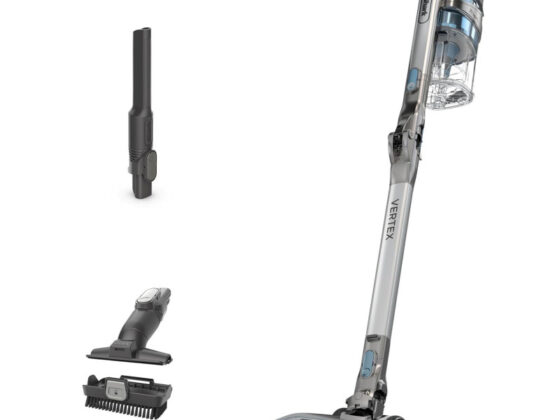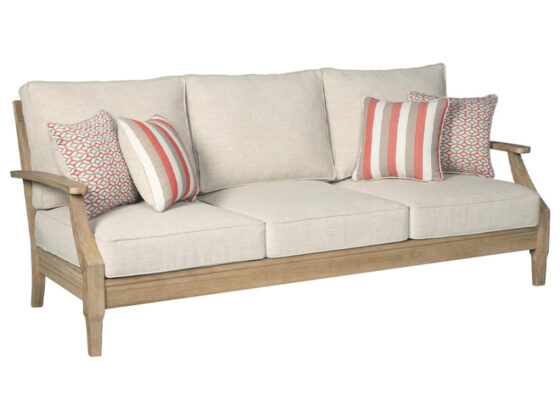One of the hardest things for a retailer to do is admit that it needs help.
It seems like too often, a retailer struggles to see that it has a problem.
Related: Home Depot makes clear statement amid boycott threats
Perhaps customers, passersby, and even competitors might be able to tell that a given brand or chain has an issue.
Maybe it's fallen out of favor with a key demographic and is no longer considered cool.
Perhaps the retailer can't afford to rent in central, downtown hubs, so its stores lie empty risk irrelevance.
Or maybe that retailer is spread way too thin, and it has too many stores to upkeep.
Whatever the case, it's a hard thing for a retailer to finally admit that it needs to be salvaged.
And sometimes, it doesn't get help until it's too late.
Sometimes this is because pride is involved, and running a business can involve a lot of personal feelings wrapped up in the accounting.
And sometimes it's just because trends change at a rapid pace.
So it can be difficult for a brand to see that customer tastes are changing.
This is especially the case for large retailers that have a lot of stores, employees, or overhead.
Image source: Getty Images
Mall retailers have struggled
That's especially the case for some mall retailers, which have been met with trouble in recent years.
Long before Covid and the launch of Walmart+ and Target Circle 360, indoor shopping malls had been struggling.
This is partly because shopping malls require a lot of time.
More Retail:
- Walmart makes drastic change amid alarming customer trend
- Lowe's makes one of its largest ever billion-dollar acquisitions
- Subway owner makes major billion-dollar fast food acquisition
- Amazon makes a harsh decision amid concerning customer trend
In fact, the average shopper spent an average of 12 hours per month inside a shopping mall in the 1990s.
That sort of time commitment is is something few modern customers are willing to give.
Now that we're able to shop online for so many of our modern conveniences, handing over an unnecessarily long period of time to accomplish the same tasks we could do online just seems redundant.
That's why so many of us choose to do everything from banking, taxes, grocery shopping, and mattress shopping online.
Plus, many shopping malls charge their tenants outsized rents for access to a lot of foot traffic.
But when fewer customers come, that high rent can be harder to justify.
Formerly bankrupt mall retailer may sell
That's a lesson that Claire's, an iconic mall retail chain has learned the hard way.
Claire's was popular in the 2000s among young girls and teens for its low-price jewelry and accessories.
It also offered piercing services and was a common destination for shopping and birthday parties.
Related: Struggling retail chain makes another alarming closure
But it has struggled in recent years.
It filed for Chapter 11 bankruptcy in 2018 but continued to operate over 1,500 stores. It exited Chapter 11 in October 2018.
Its troubles aren't over, however.
Now, Claire's is reportedly considering a sale, per Fox Business.
The retail chain has been struggling with increased competition from other stores, like Shein and Amazon.
And tariff pressures on Chinese-made goods (where many of Claire's products come from) has only made the situation worse.
But finding an interested buyer might be tricky.
Claire's also has a $500 million loan due at the end of 2026.
Pair all of this with Americans' decreasing appetite for spending in general right now, and the situation might be a difficult one for the once-iconic mall retail chain.












